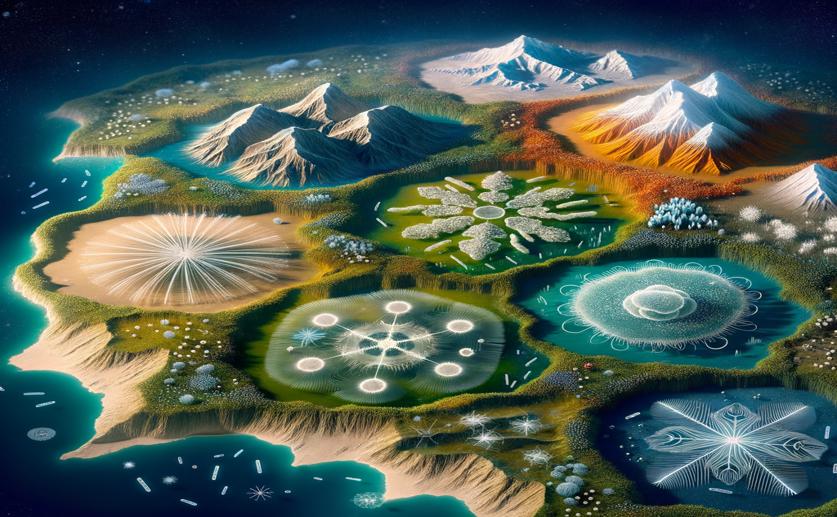
How Diatom Populations Differ Across Various Regions
Jim Crocker
11th March, 2024

Image Source: Natural Science News, 2024
Key Findings
- Study from Stazione Zoologica Anton Dohrn shows temperature affects ocean diatom distribution
- Findings challenge the idea of a single, ocean-wide diatom community
- Environmental factors, not just chance, shape diatom diversity in the ocean
References
Main Study
1) Deviation from neutral species abundance distributions unveils geographical differences in the structure of diatom communities.
Published 8th March, 2024
https://doi.org/10.1126/sciadv.adh0477
Related Studies
2) Warmer temperatures favor slower-growing bacteria in natural marine communities.
3) Phenomenology and dynamics of competitive ecosystems beyond the niche-neutral regimes.
4) Genomic evidence for global ocean plankton biogeography shaped by large-scale current systems.



 8th March, 2024 | Jenn Hoskins
8th March, 2024 | Jenn Hoskins